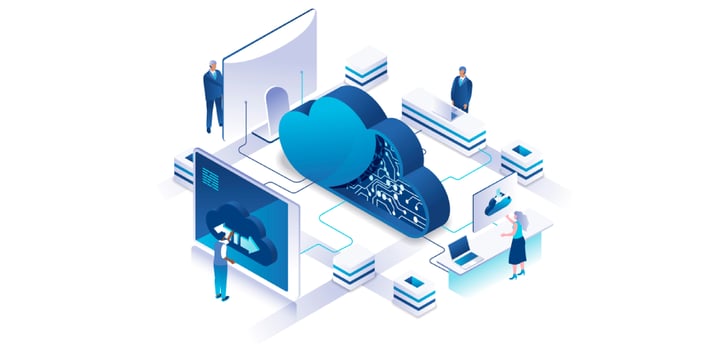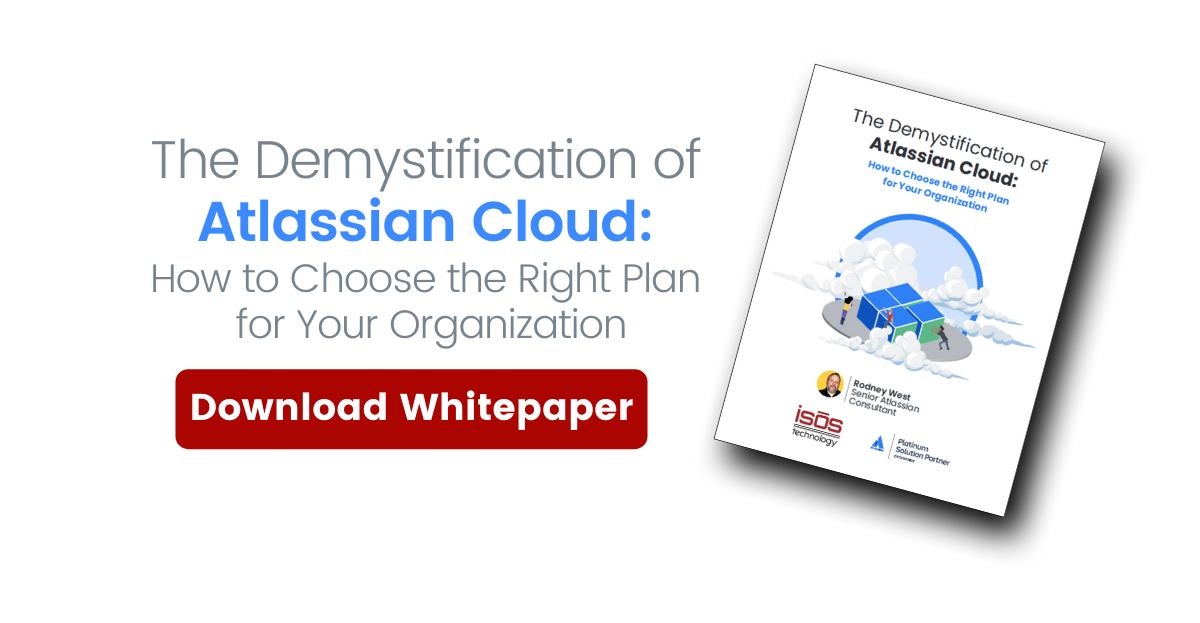Lots of organizations wonder if a Jira merge migration can save them time money. The short answer is an emphatic YES! But the long answer is a bit more layered and complicated.
Benefits of a Jira Merge Migration
Save Time, Money, and Effort...a Win Win Win Situation
There are definitely enormous benefits to merging your Jira instances. Perhaps the most compelling reason to do so is cost savings. If your users work in multiple instances, you're paying for each user—both in Cloud and on-premise. With a merge migration, you eliminate this duplication of users, which can often times save you a ton of dough.
Another benefit of merging Jira instances is that it will help decrease maintenance and administrative costs (especially if you migrate to the cloud). With one instance, you can implement a front-end and back-end change in one place, rather than in multiple instances.
Also, having just one instance will help you implement security enforcement policies. These policies will be in one, centralized location and won’t have to be reimplemented in different environments.
Improved Governance & Increased Adoption
Improved governance is another benefit of consolidating Jira instances. When you do a merge migration, you ensure that everybody in your organization is using Jira in the same way. Further, you have a centralized location to actually enforce processes. Governance becomes much easier if everyone is operating in the same way, and using organization-prescribed best practices.
A merge migration also ultimately leads to increased tool adoption. One of the worst things that can happen at an organization when you’ve spent a lot of money on a tool is that nobody uses it, or worse yet, they use it improperly. This can lead to user frustration and regression to legacy progresses, like using Word documents or Excel sheets rather than collaborative tools. But when you have one single source of truth for your Atlassian tools, there is often times a clearer path for onboarding, usage, and best practices that span the company.
Further, as team members join the organization, those processes become the de facto way of doing things. For those reasons, governance and increased adoption are key benefits for getting the most out of these tools and justify any migration efforts.
Common Pitfalls of Jira Merge Migrations
Resist the Urge to Merge on Your Own
One of the primary pitfalls for organizations is that they try to do Jira merge migrations themselves. To pull off a successful migration, you need a highly-experienced Jira administration team to run the process. Atlassian tools in general—and Jira and Confluence specifically—have layers of complexity and can be onerous to manage during a migration. On countless occasions, we’ve seen in-house teams get frustrated because their efforts to migrate themselves stall due to this complexity and an overall lack of knowledge.
But let's face it. Our clients are smart. Over time—and with enough Google searches—they'll acquire this knowledge by educating themselves. However, all too frequently, organizations need to migrate on a condensed timeline so that day-to-day business processes and productivity don't stall.
Instead of trying to teach yourself how to do a merge migration, consider working with an Atlassian Solution Partner, like Isos Technology. We already know the answers to the questions that you need to research in depth. And this, ultimately, will save you a ton of time and money.
Furthermore, in the event that you might need to work with an app provider or Atlassian themselves, a Solution Partner knows who to go to for your merge migration. We have long-term, established relationships with app vendors, and Atlassian itself. Knowing who to approach with questions is half the battle, and we take care of that for you.
DIY Gone Awry
Sometimes, we begin engagements with organizations that have already unsuccessfully tried to perform a merge migration. Their initial attempt took three months—or maybe even six—and ultimately failed.
When this happens, we typically have to pull all the merged data back out of the system and start from scratch. This means that not only was our client's valuable time and effort wasted over the last few months, but they still end up having to pay someone to help out with the migration. Talk about adding insult to injury!
Ch...Ch...Ch...Ch...Ch...Changes!
Atlassian tools and environments can change quickly. Atlassian is good about sending out patch notes, and things usually don’t change day-to-day or week-to-week, but the environments do change often enough that it can cause complications.
When you attempt your own migration, it's natural to seek out a multitude of different resources to help you through it...resources like community postings, industry articles, and/or YouTube videos. You might breathe a sigh of relief when you find a set of instructions and best practices that make sense to you. But guess what? They could already be outdated. So all the time you've spent gathering knowledge might be moot, because underlying changes are happening within Atlassian's tools.
Why an Atlassian Solution Partner is the Most Cost-Effective Way to Merge
Here at Isos, we've developed our own best practices that have been very successful in merge migrations. We’re efficient and hit the ground running in a way that most organizations aren’t capable of on their own.
Again, the cloud is always changing. Having a partner who works in Atlassian Cloud all the time and can keep up with the changes is vital to the success of your merge migration.

Looking for more information on how a Jira merge migration can save you money? Click here to visit Isos’ Cloud Migration Resource Center.
And to speak to one of our specialists about your merge migration, click here to contact us.
Sign up to receive more great content
Learn more about Atlassian and how Isos can help by signing up to receive our latest blogs, eBooks, whitepapers and more.














